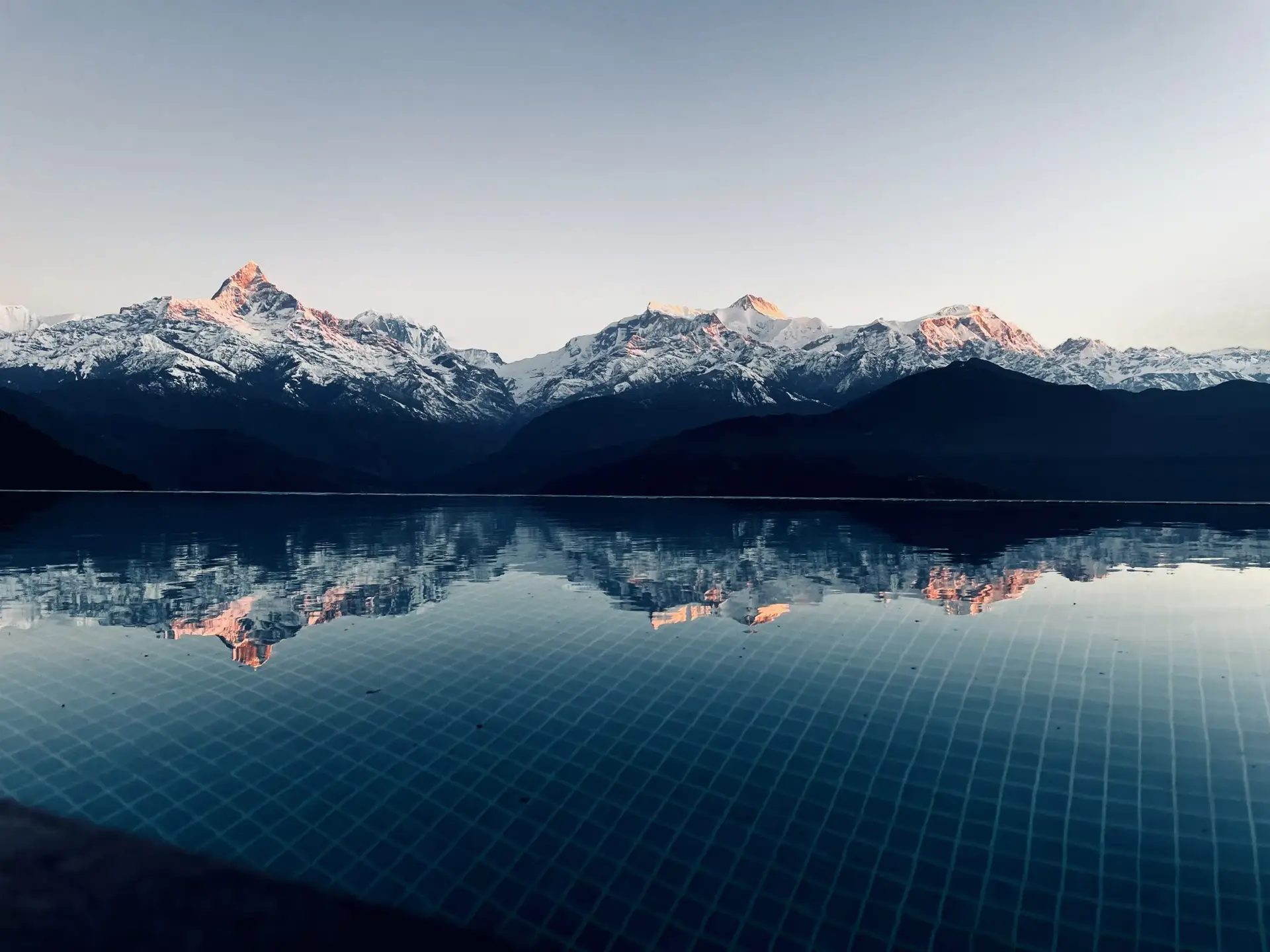Water is critical to human survival. Next to air, water is the second most important resource that sustains our life. We need water to avoid dehydration. Additionally, its important that we drink clean water. Drinking backcountry water that is contaminated could, in the best case, make your trip miserable and in the worst case result in accelerated dehydration from illness.
“Contaminated water can transmit diseases such diarrhoea, cholera, dysentery, typhoid and polio. Contaminated drinking-water is estimated to cause 502,000 diarrhoeal deaths each year.” – World Health Organization[1]
Should You Worry About Backcountry Water?
While the majority of water quality problems are in developing countries, water quality in the U.S. backcountry should still be of concern to you. Even in the most remote area, undisturbed by humans, an animal carcass laying in a stream can contaminate the water source. I always assume my backcountry water sources are contaminated.
How do we know if water is safe to drink? Is it clear? Does it smell? How does it taste? Safe drinking water depends on a lot more than the color, smell, or taste. A water source can appear clean, but still be unsafe to drink. The four main categories of water contaminates are physical, biological, chemical, and radiological.[2]
Physical Contaminates
Physical contaminates are organic things like soil, plant materials, sand, and rocks. Obviously you should assume that backcountry water sources will be contaminated with physical contaminates. Note that even physical contaminates aren’t necessarily detectable by humans. Silt particles in water can be so small they are undetectable by the human eye.
Biological Contaminates
Biological contaminates are organisms living in the water source. These are organisms such as bacteria, viruses, and protozoa. This is the main source of concern for contamination. You should assume that backcountry water sources are contaminated with some level of bacteria, viruses, and/or protozoa. Biological contamination is the most common cause of gastrointestinal diseases with symptoms such as diarrhea, gas, cramps, vomiting, fever, and headaches.
Chemical Contaminates
Chemical Contaminates can be naturally occurring as well as man-made. These include metals, pesticides, nitrogen, toxins from bacteria, and house-hold chemicals such as soap. Some water treatment methods such as filtering can reduce some chemical contaminates.
Radiological Contaminates
Radiological Contaminates are chemical elements that emit radiation because they are atomically unstable. Examples are plutonium and uranium.
It’s All About Risk Acceptance
Risk acceptance is a part of our normal every day life. For example, every time we get in a vehicle we are assuming some level of risk acceptance. In terms of backcountry water safety I view these contaminate categories as being on a risk spectrum of:
- Expected (e.g., physical & biological),
- Possible (e.g., chemical),
- Unexpected (e.g., radiological).
My water treatment methods generally account for physical, most biological, and some chemical contaminates. I don’t worry about radiological contaminates. I consciously choose to accept some risk. For me it is a balance between safety and convenience based on the probability of contamination and potential impact of getting sick. Said another way, I treat for the most common contaminates using the most common water treatment methods.
What If I Don’t Treat My Water?
If you assume that your backcountry water sources are not contaminated then you are opening yourself up for some common waterborne illnesses. The most common contaminants are biological and can result in gastrointestinal illnesses that result in diarrhea, vomiting, cramps, headaches, etc… [3] A common source is from Giardia.[4] However, more serious viruses and parasites are not uncommon. To name a few, these could include:
- E Coli,
- Salmonella,
- Hepatitis,
- Meningitis,
- Noro-virus,
- Rota-virus,
- And various types of parasitic worms such as Tapeworm.
I believe that drinking untreated water in the backcountry is highly risky.
My next backcountry water topic will be about finding and assessing sources of water. After that I’ll start diving into the various methods for treating water.
Leave a comment. Share with friends.
Peace,
Brian
Featured Image Source: http://www.briangaller.com/yellowstone/2016-route-overview/2016-day-4/



